There are too many must visit places in Asia. Asia is a land of diversity, beauty, and wonder. Home to over 4 billion people and thousands of unique cultures, Asia is a continent of endless beauty and adventure. From the glittering neon of Tokyo to the tranquil beaches of Bali, it’s impossible to cover all of the amazing places to visit in Asia in one go.
From the world’s largest cities to some of the most remote and untouched corners of the globe, this list of the 40 must visit places in Asia will help you plan your next great adventure. From the iconic Angkor Wat in Cambodia to the lush tea plantations of Sri Lanka, this list has something for everyone. So, grab your passport and get ready to explore the best of what Asia has to offer.
Must Visit Places in Asia
1) Huanglong, China

Huanglong Scenic and Historic Interest Area, a part of the Minshan Mountains, is known for its beautiful forested landscapes interspersed with colourful ponds and lakes and waterfalls. Giant pandas live here among diverse flora and fauna.
2) Goa, India
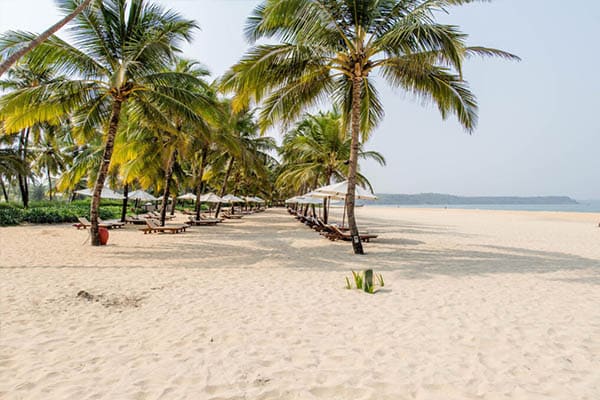
Goa, India’s smallest state, has long been known as a party hot spot, famous for its all-night psychedelic trance parties and a bohemian culture heavily influenced by 1960s culture. While all of that is undoubtedly true, this seaside destination is also worth visiting for its beautiful ancient Portuguese churches and miles of palm-lined beaches.
3) Petra, Jordan
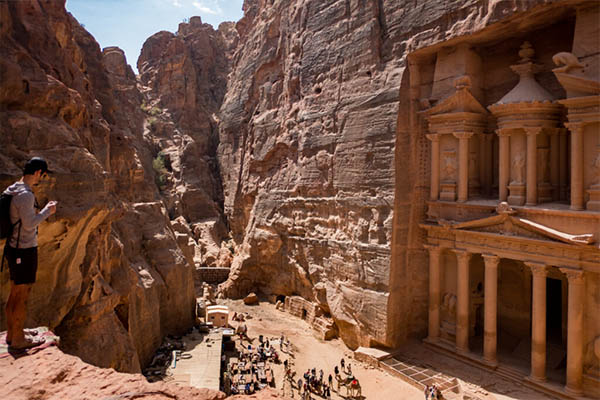
This ancient archeological site is the most well-known attraction in Jordan, dating back to the Nabatean era and home to rock-cut structures. Give yourself a few days to explore this large complex of temples, tombs, and civic buildings. A particularly charming experience can be had on Mondays, Wednesdays, and Thursdays with candlelit visits to the Treasury, at the entrance of the site.
4) Zhangjiajie National Forest Park, China

The conical landscapes depicted in the 2010 film “Avatar” were inspired by Zhangjiajie National Forest Park in the Hunan Province, China. Zhangjiajie National Forest Park is renowned for its pillar formations, which have been worn down over the ages. The tallest outdoor lift on the planet, which has three glassed-in elevator cars that carry visitors up 326 metres (or 1,070 feet), is also located here.
5) Bukhara, Uzbekistan

The ancient city of Bukhara in Uzbekistan has been inhabited for over 5,000 years, providing a wealth of historic sites. Among the finest examples of Islamic architecture on earth, the Po-i-Kalyan complex is must-see.
6) Nasir al-Mulk Mosque, Iran

Dating back to the late 1800s, the Nasir al-Mulk Mosque in Shiraz is one of Iran’s loveliest attractions. This structure, often known as the Pink Mosque, is renowned for its colourful glass that creates multicoloured light when it is magnified through its intricately decorated interiors.
7) Bethlehem, West Bank
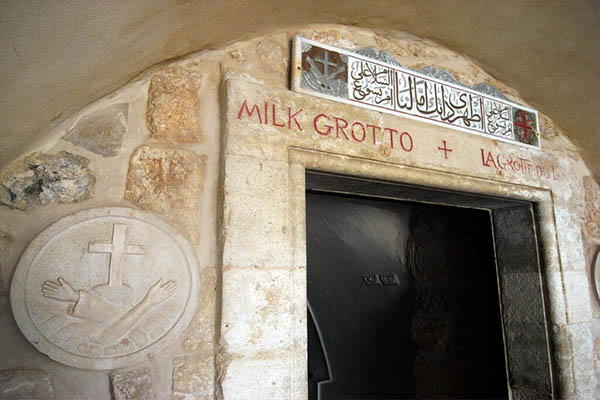
The Walled Off Hotel, which faces the Israeli security barrier, is one of the most popular draws for Banksy fans. It is also a must-see for religious pilgrims, who come to venerate at the Church of the Nativity and the Milk Grotto, both of which are located in Bethlehem.
8) Halong Bay, Vietnam

The UNESCO World Heritage site of Halong Bay entices visitors with its limestone karsts and caves, tropical islands, dense mangroves, and aquamarine water. People typically arrive by boat on overnight cruises to the bay, which is famous for its limestone karsts and caves, tropical islands, dense mangroves, and aquamarine water.
9) Prambanan Temple, Yogyakarta

Although Bali is the only Hindu-practicing island in Indonesia, Prambanan, arguably the country’s greatest temple, is situated in Yogyakarta, just outside of Java. Hundreds of stone temples representing Shiva are housed here, some of which date back to the eighth century.
10) Dead Sea, Jordan, West Bank, and Israel
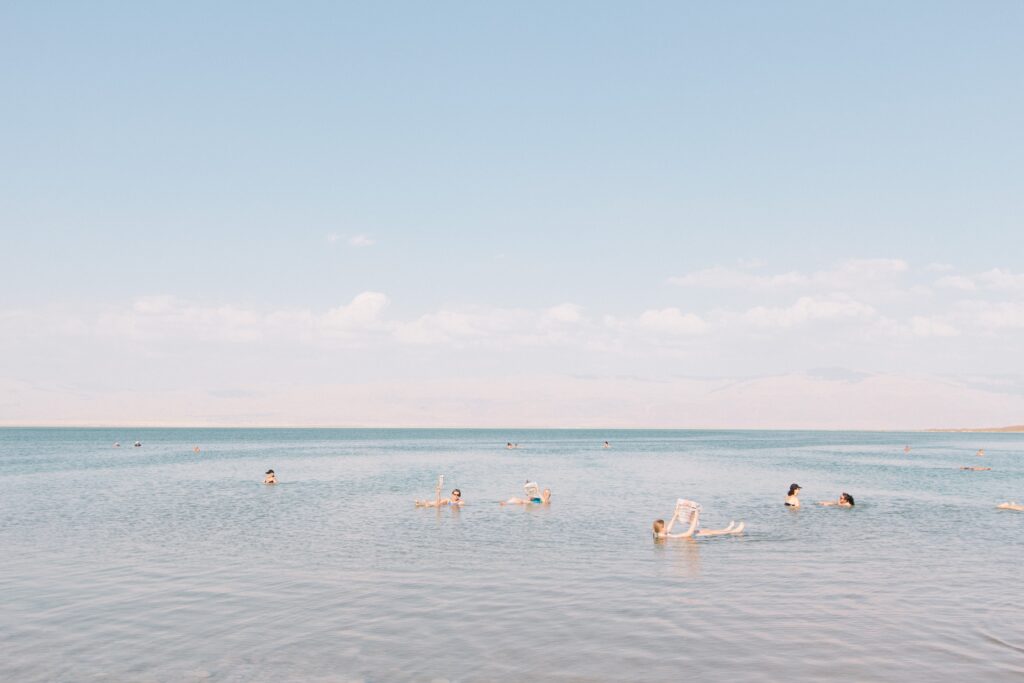
The Dead Sea is the world’s lowest point on land, located at 430 metres (or 1,410 feet) under sea level. It is also one of the saltiest bodies of water, making it a perfect location for floating. Contrary to its name, the Dead Sea is actually a lake, as it is exclusively fed by the River Jordan.
11) Boracay, Philippines
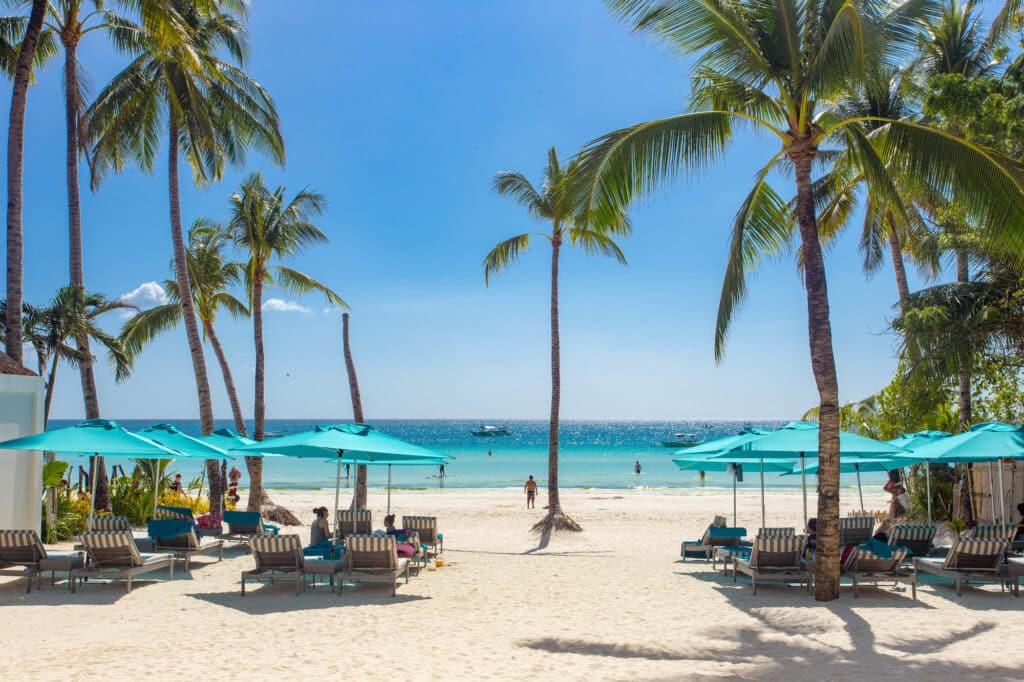
Boracay is one of the Philippines’ most popular beach destinations, thanks to its pristine white-sand beaches and azure waters. The windier Bulabog Beach on the opposite side of the island draws tourists who want to windsurf and kiteboard, whereas the calmer White Beach attracts those who want to snorkel and swim.
12) Kerala Backwaters, India
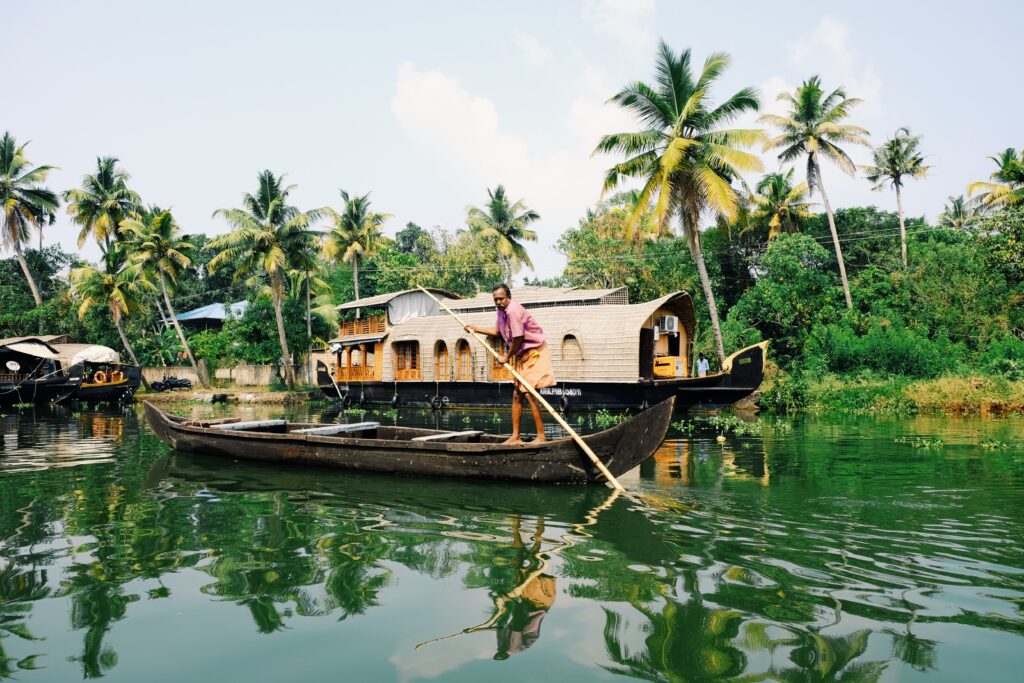
A large portion of the South Indian state of Kerala is covered by backwaters, a chain of brackish watercourses flanked by luxuriant vegetation. To experience the area, you should take an overnight or multiday paddle through the waters in a traditional houseboat.
13) Gobi Desert, Mongolia
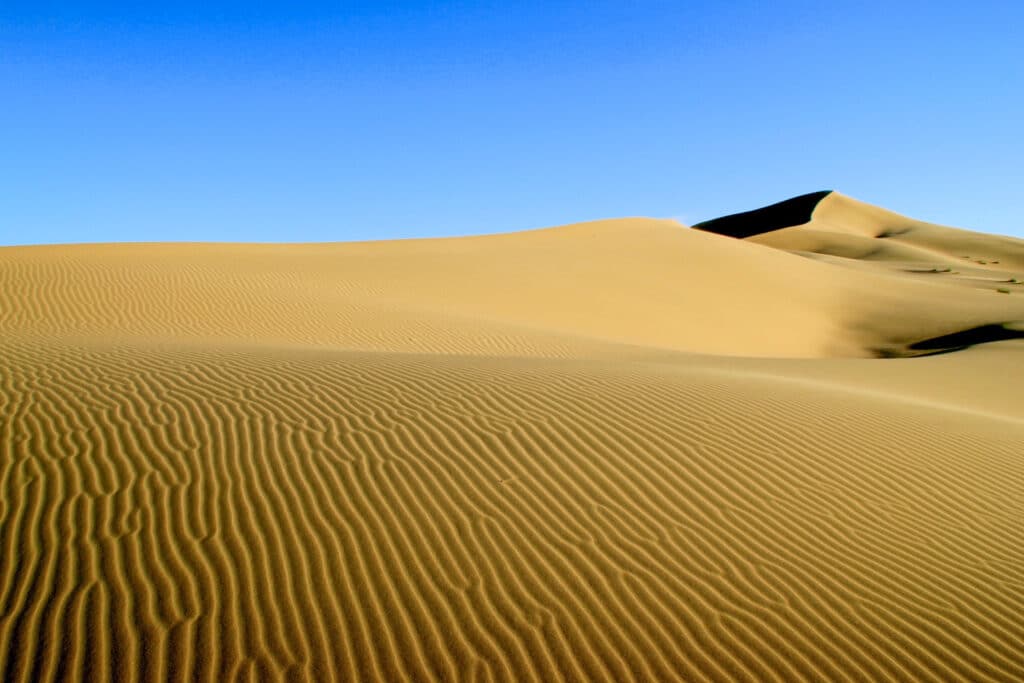
Despite the fact that deserts are frequently thought of as being hot, the Gobi Desert is Mongolia’s most well-known natural location. This enormous, desolate tract is home to numerous historic Silk Road trading posts. Don’t miss the chance to sleep in a traditional Mongolian yurt, known as a ger.
14) Fanjingshan, China
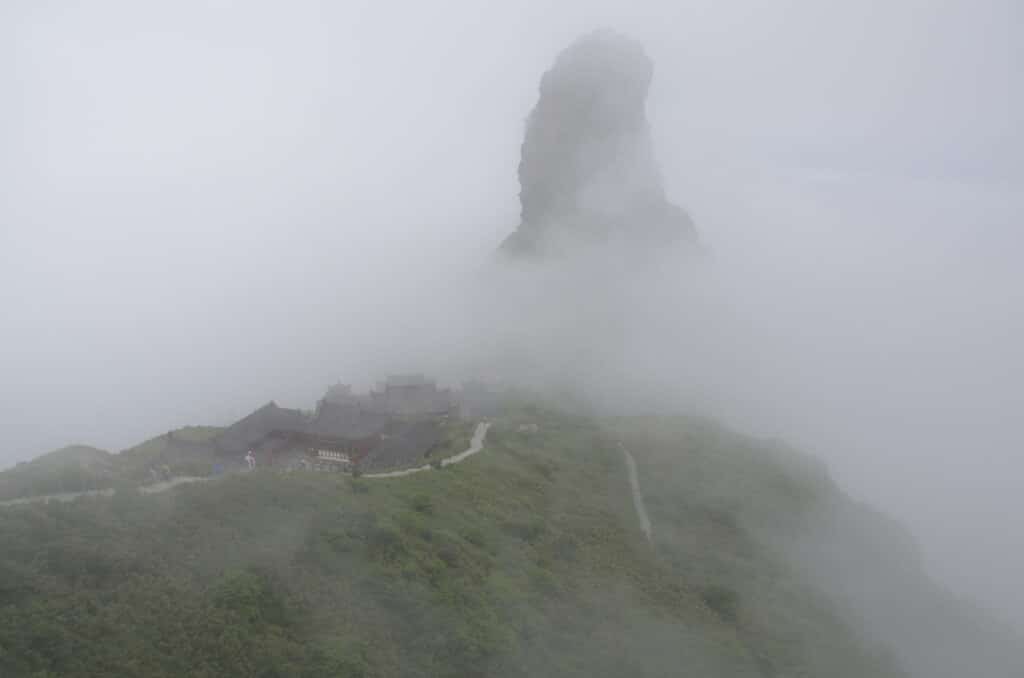
Fanjingshan, the highest peak in the Wuling range, is considered sacred by Chinese Buddhists, who believe that Maitreya Buddha achieved enlightenment there. The biodiversity of the area around the mountain is one of the greatest in all of China, including thousands of unique plant and animal species, such as the endangered Guizhou snub-nosed monkeys.
15) Singapore
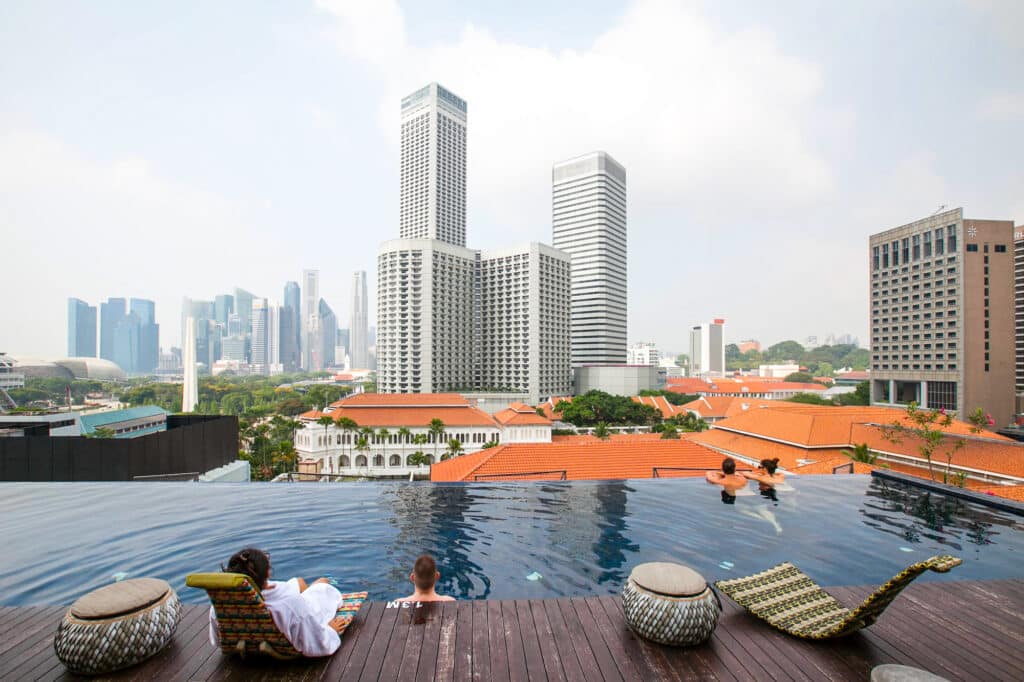
Singapore, the most cosmopolitan spot in Southeast Asia, has four official languages and a foreign resident population of nearly 40 percent. Shopping, dining, and entertainment choices are all a big draw, as are the city’s numerous public gardens and green spaces.
16) Dal Lake, Srinagar
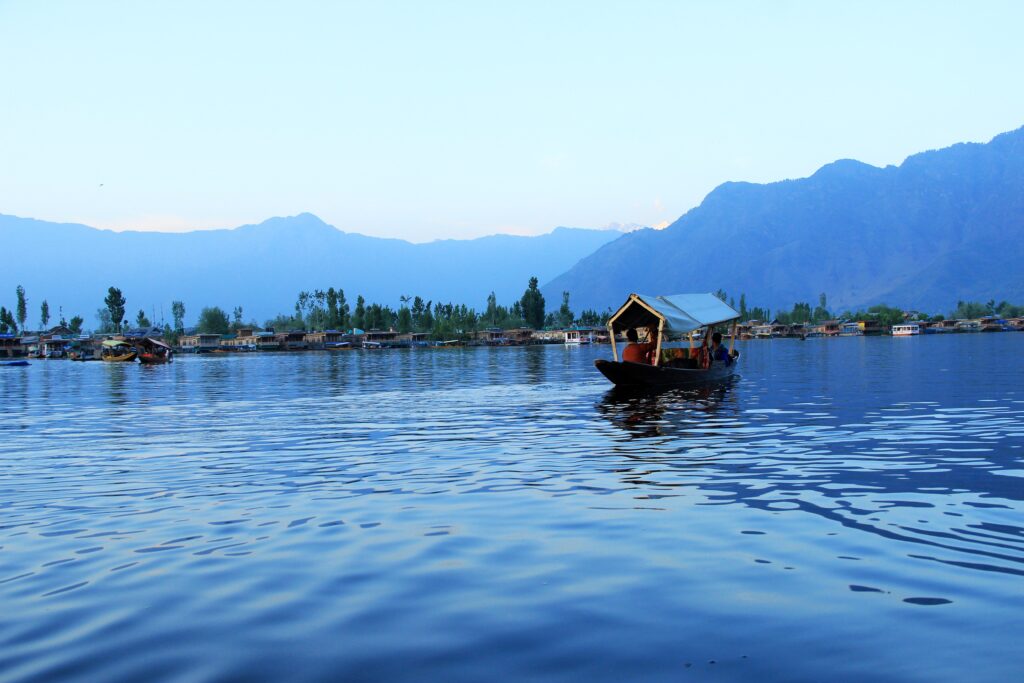
Dal Lake, Srinagar’s most attractive natural location, is among Kashmir’s most alluring spots. The Pir Panjal mountains serve as a backdrop for this lake, which is renowned for its beautiful houseboats (some of which have been converted into homestays for tourists). Floating markets and gardens, which are accessible via traditional boats known as shikaras, are particularly popular.
17) Kathmandu, Nepal

Many Hindu temples and Buddhist stupas in Kathmandu, Nepal’s capital city, have survived for centuries. The Durbar Square (a UNESCO World Heritage site), at the centre of the city, offers an intriguing peek into what life was like before Nepal was unified.
18) Lhasa, Tibet
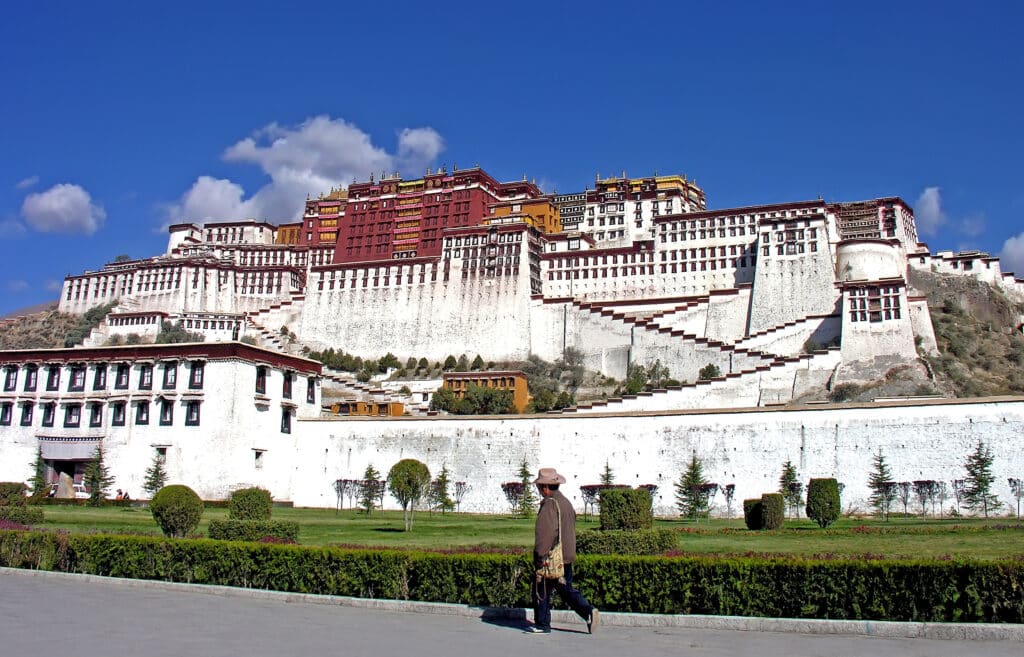
The Potala Palace, a UNESCO World Heritage Site, is one of Lhasa’s most famous landmarks. It is also one of the world’s highest cities, with an elevation of 3,656 metres (11,994 feet). The Dalai Lama fled to McLeod Ganj, India, during the 1959 Tibetan uprising.
19) Kumano Kodō, Japan
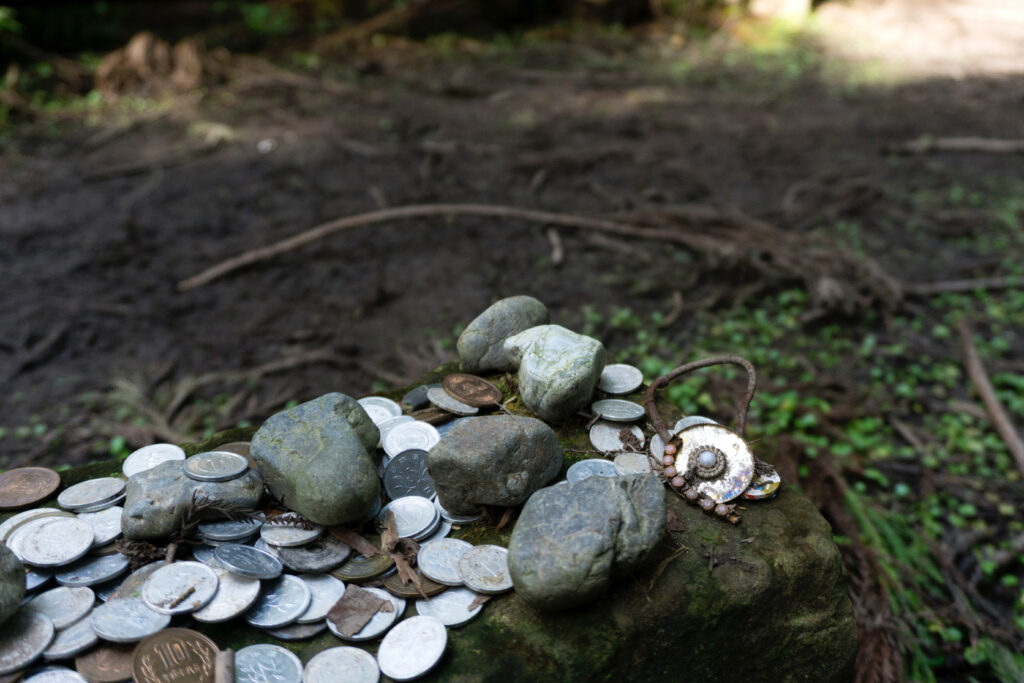
The Kumano Kodō is a collective name for several ancient Buddhist pilgrimage routes that lead across the Kii Peninsula, through beautiful forests, and past ancient shrines. Today, pilgrims as well as hikers and seekers of all sorts who seek to better understand Japan’s ancient Shinto beliefs traverse the path.
20) Gyeongju, South Korea

Archaeological sites make this coastal city a must-see for history buffs. Bulguksa, a Silla temple complex with well-preserved halls and pagodas, and Seokguram grotto, which holds a beautiful Buddha statue, are arguably the most important locations.
21) Tiger’s Nest Monastery, Bhutan

Bhutan’s most well-known site, Paro Taktsang (or Tiger’s Nest Monastery), is located on a cliff overlooking the Paro Valley. Seeing the monastery teetering on the cliffs is sufficient reason to visit, but the majority of people come to look at its vibrant interiors.
22) Ho Chi Minh City, Vietnam
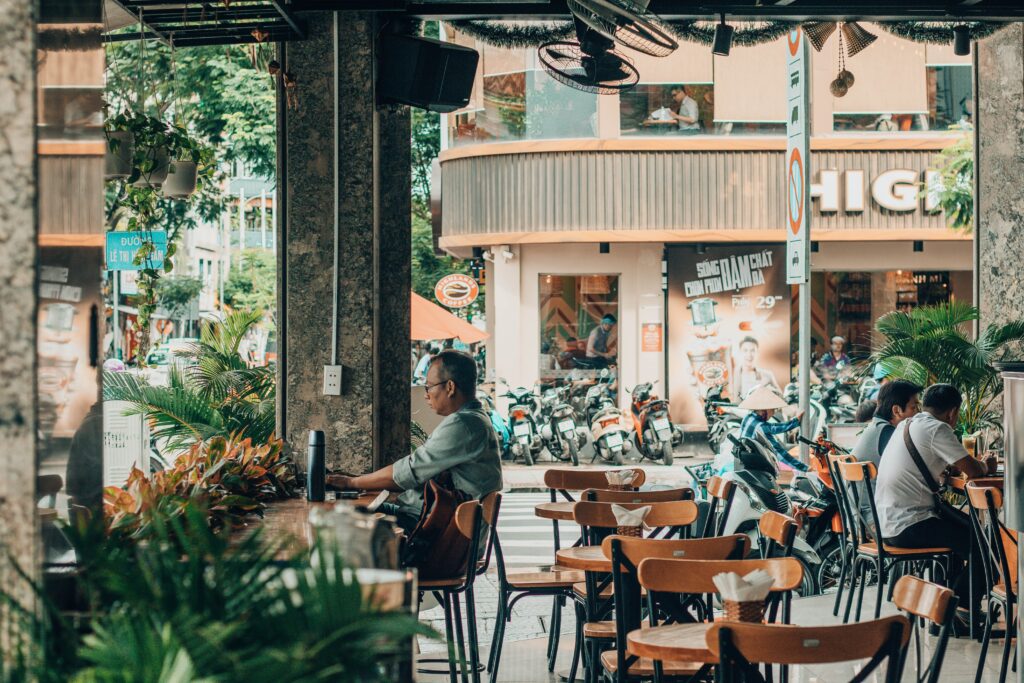
With its wonderful mix of Cantonese, French, and indigenous architectural styles, Ho Chi Minh City, formerly known as Saigon, is a wonderful place to explore. Although it is Vietnam’s largest metropolis, there are plenty of areas to wander and a thriving café society where you can people-watch.
23) Beijing, China
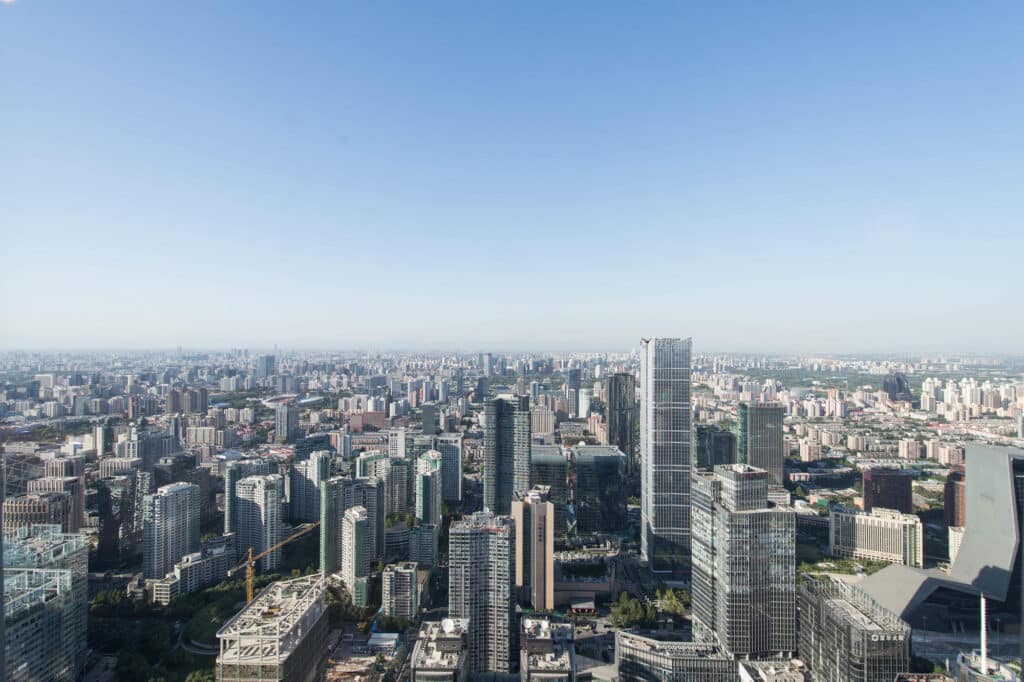
Beijing provides a glimpse into China’s past and present, combining modern architecture with international fast-food joints with some of the world’s most beautifully preserved historic sites, including the 15th-century Forbidden City and Tiananmen Square.
24) Old City of Jerusalem, Israel
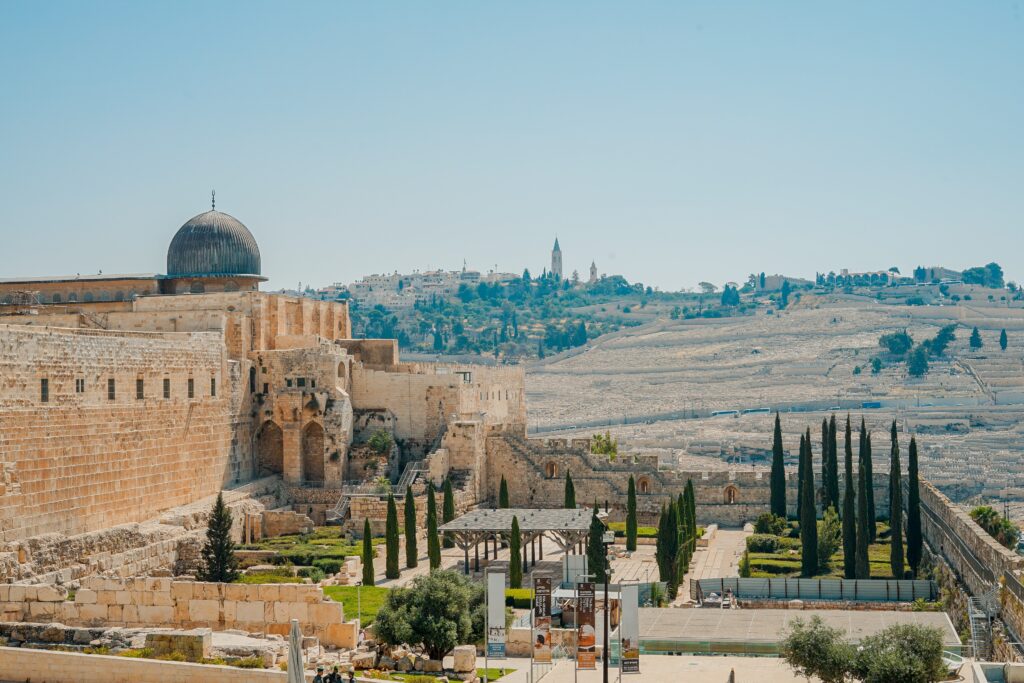
The tiny, walled-off section of Jerusalem is home to many of the city’s most important historic and religious sites. You’ll find the Temple Mount, the Western Wall, the Church of the Holy Sepulchre, and the Dome of the Rock—all in an area less than one square kilometer.
25) Cappadocia, Turkey

Cappadocia’s biggest draw is its landscape, which is home to a multitude of hoodoos (or fairy chimneys). Those who come to Cappadocia to see its natural scenery—whether on foot or by hot air balloon—will also want to visit the Churches of Göreme, which are renowned for their beautifully preserved frescoed walls.
26) Mount Everest, Nepal and China

Mount Everest, which is located on the border of Nepal and China, is both the highest mountain in the Himalayas and the highest mountain in the world. Although it is so high that few people are able to climb it on foot, those who are willing to spend money can take a sightseeing airplane ride that gets within 20 miles of the renowned summit.
27) Mumbai, India
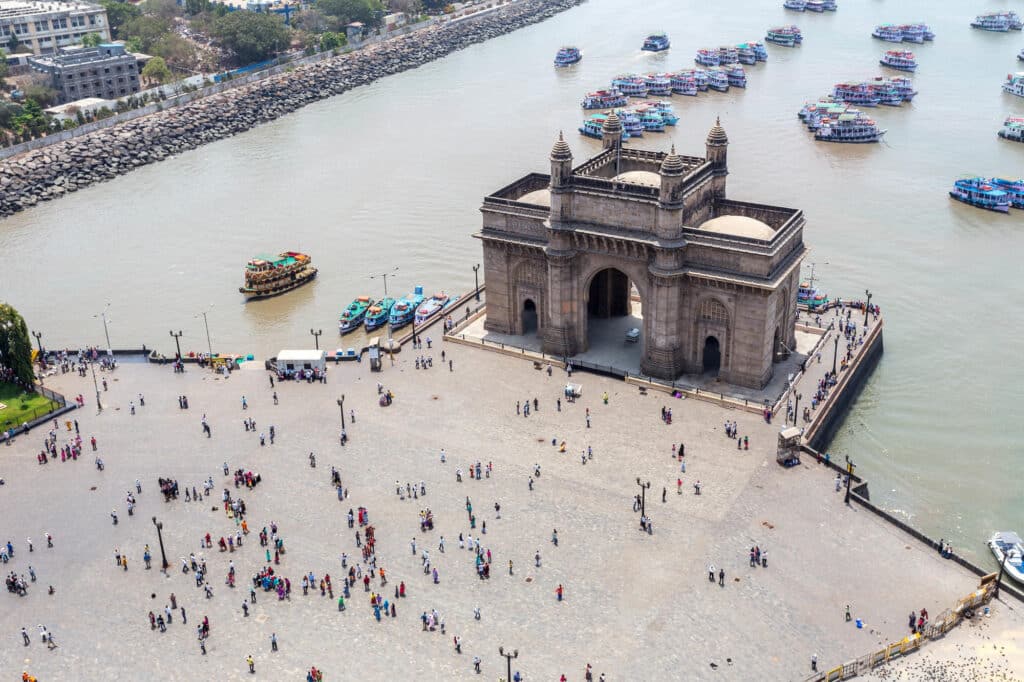
Mumbai, on India’s west coast, may not be the country’s capital or biggest city (both are in Delhi), but it is indisputably the most diverse. In addition to lovely Raj-era architecture and ancient temples, mosques, and churches, Mumbai celebrates a array of events and festivals throughout the year, including the Kala Ghoda Arts Festival every year, as well as Ganesh Chaturthi, a festival in honour of Lord Ganesha’s birth.
28) Bangkok, Thailand

Bangkok is renowned for its vibrant nightlife, bargain-priced shopping, and world-class street-food scene. It is also home to some of Thailand’s most important cultural sites, including the Temple of the Emerald Buddha (Wat Phra Kaew) and the Royal Palace.
29) Sumatra, Indonesia

Sumatra is one of the greatest things about Sumatra because you can experience magnificent jungle scenery without worrying about crowds like you would on locations like Bali. If you’ve always dreamed of seeing orangutans in their natural habitat, Bukit Lawang village in the north of the island is one of the best places to do so.
30) Golden Temple, Amritsar
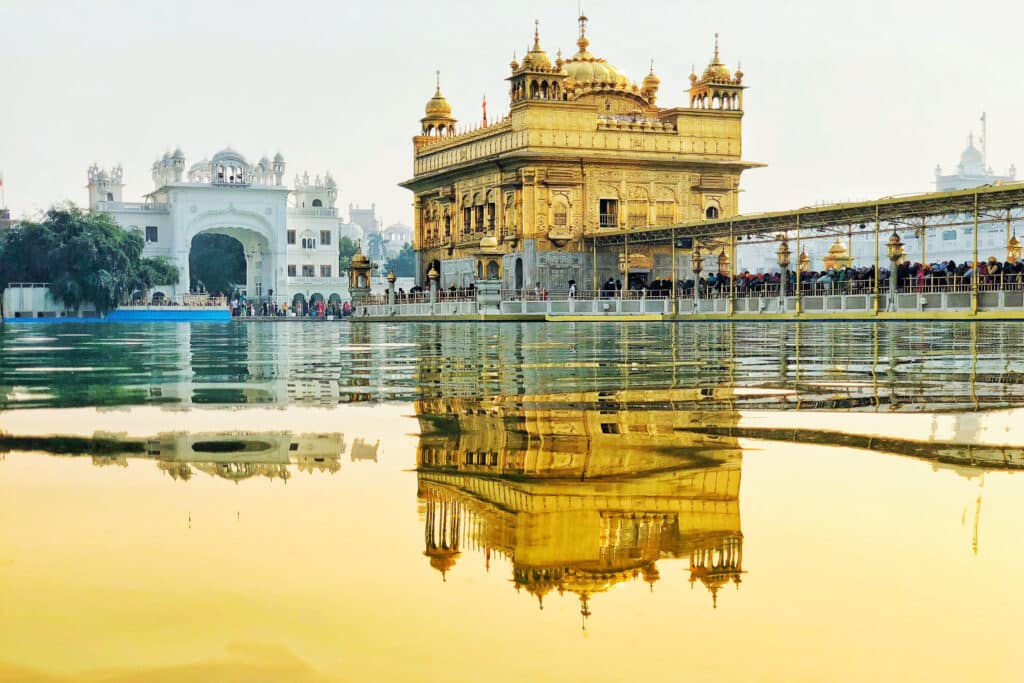
The Golden Temple, known as Harmandir Sahib, is one of Sikhism’s most significant pilgrimage sites. Its shiny exteriors are what gave it its nickname. Besides being amazed by its beauty, visitors to this welcoming gurudwara should spend some time learning about Sikhism and its heritage.
31) Bagan, Myanmar
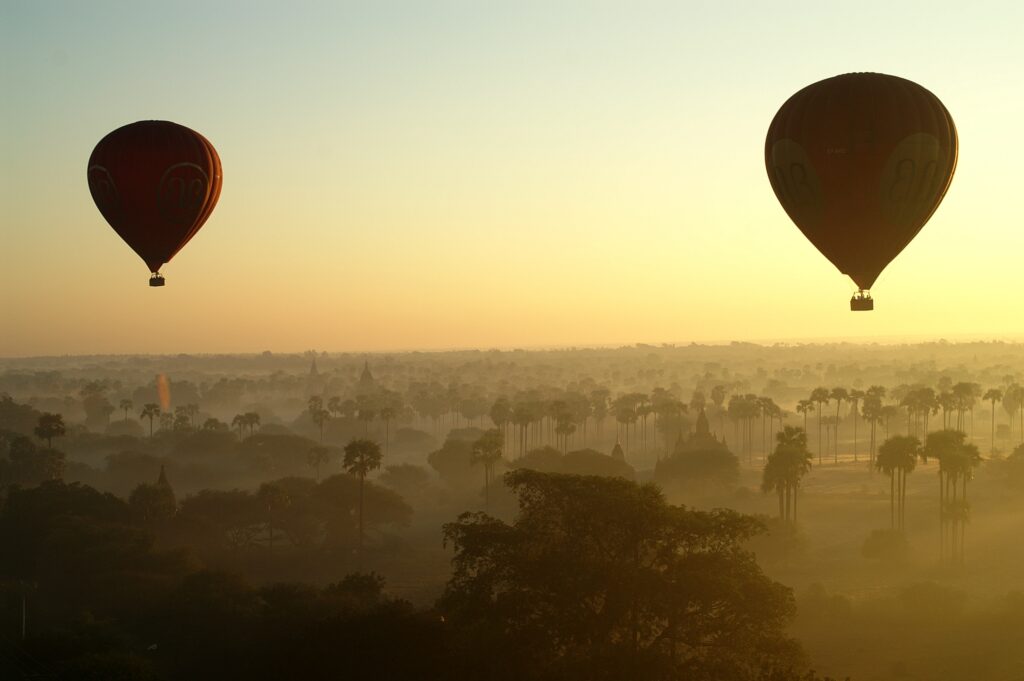
Bagan is home to the world’s largest archaeological site. The Pagan Kingdom thrived from the 11th to the 13th centuries and was its capital. You may spend days exploring its temples on foot, but many visitors prefer to take in the scene from a different perspective—from a hot air balloon.
32) Lahore, Pakistan

Lahore is often regarded as Pakistan’s cultural capital, home to numerous historic and religious sites as well as some of the country’s greatest museums. Don’t miss a visit to the 17th-century Badshahi Masjid, a huge mosque.
33) Hong Kong
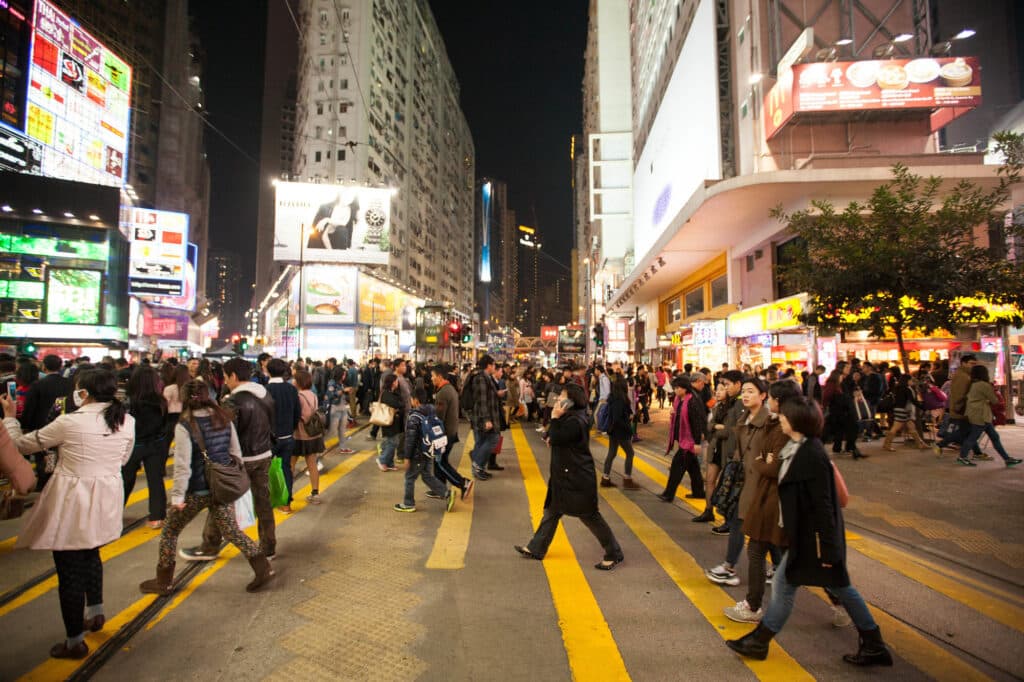
Hong Kong’s urban vitality is what makes it such a popular destination. There is a more sylvan side to this global financial hub, in addition to its museums, restaurants, and shopping. You can get out into the wild without having to travel far from the dense city centre thanks to Lantau Peak and Dragon’s Back.
34) Ayutthaya, Thailand
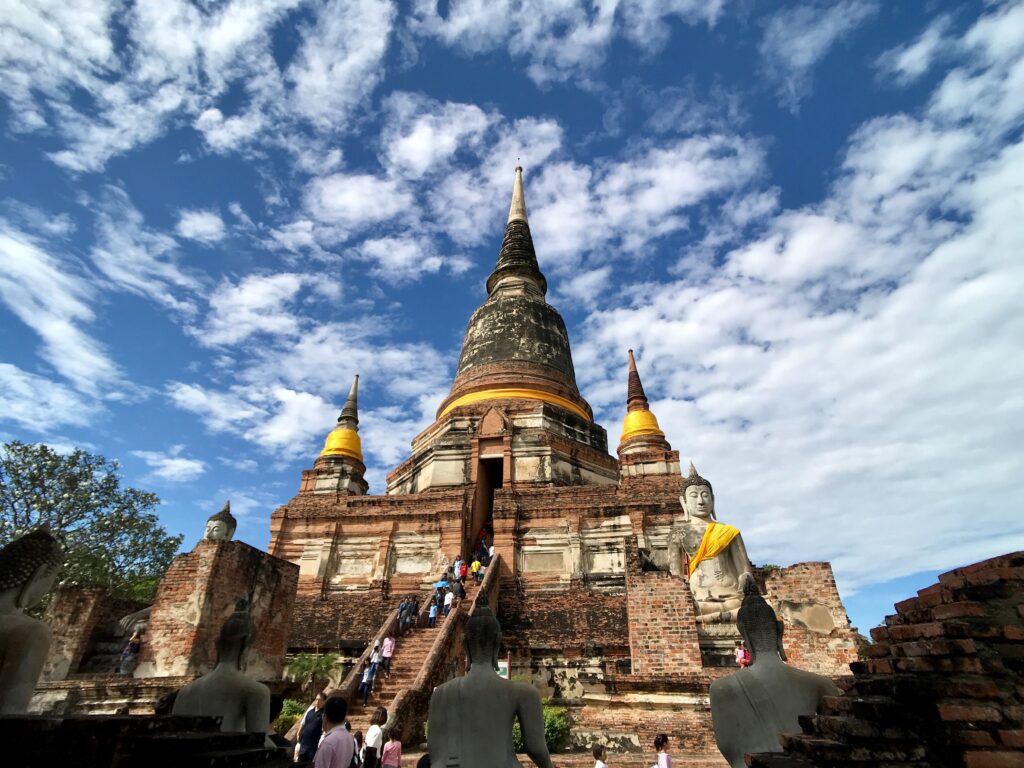
Located within day tripping distance of Bangkok, Ayutthaya—a former Siamese capital—is one of Thailand’s most important archaeological sites. In 1350, this city thrived for centuries, until it was finally destroyed by Burmese forces in the 1900s. Today, it houses beautiful old monasteries and temples, some of which house beautiful murals.
35) Beirut, Lebanon
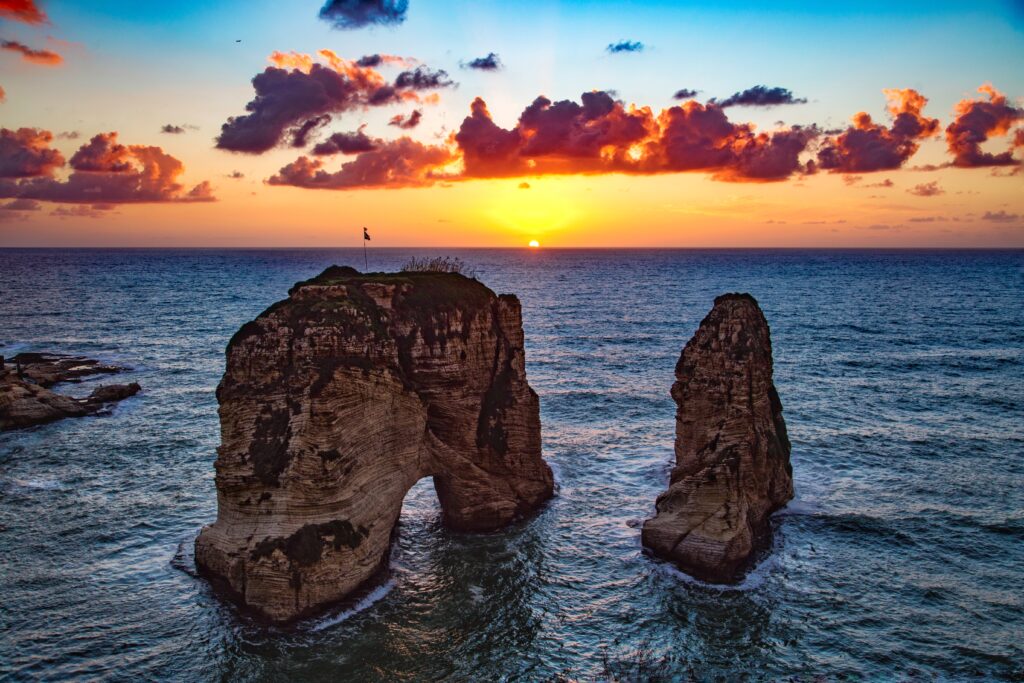
Five millennia ago, Beirut, the capital of Lebanon, was nicknamed the Paris of the Middle East. The Lebanese Civil War destroyed parts of the city, but much of it was subsequently restored. This lively, fashionable metropolis home to some excellent museums, excellent nightlife, and top-quality shopping is currently active. At the time of publishing, there were protests in Beirut. Check travel warnings prior to booking a trip.
36) Rajasthan, India

The people of this northern Indian state live amidst stark desert landscapes as well as ornate, imaginative architecture and bright colours in local clothing and art. Even the camels, which are used for transportation and farming, sometimes wear colourful colours. In addition to India’s greatest forts and most whimsical palaces, which have been converted into heritage hotels for those wishing to experience life like a royal, you will also find them here.
37) Chiang Mai, Thailand
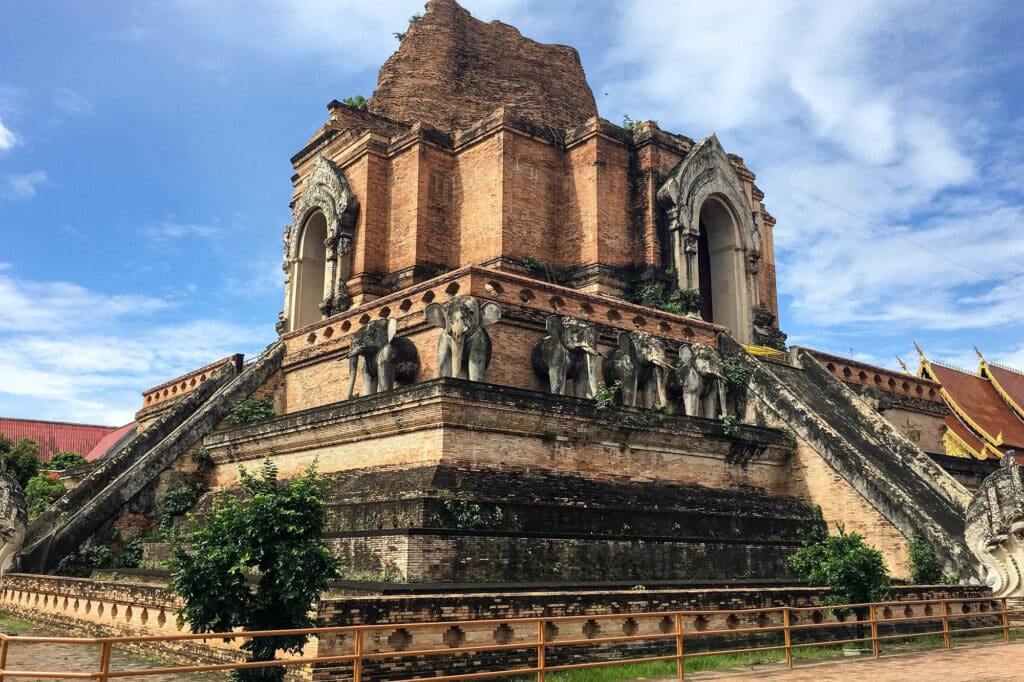
Chiang Mai is a historic city that serves as Thailand’s cultural hub. It is also home to some of the country’s finest street food and most beautiful temples. Whether you prefer to take your time and relax or visit temples throughout the day, you’ll have the same amount of fun here in the north.
38) Bali, Indonesia
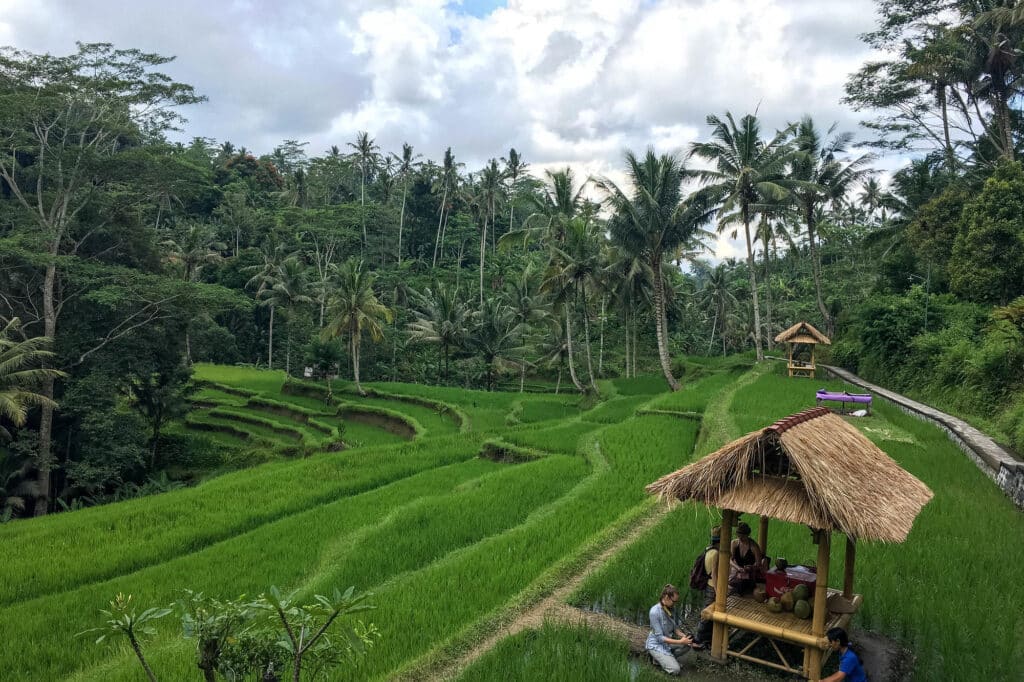
Bali is renowned as a mysterious island paradise, with its emerald-green rice paddies, dense tropical forests, and picturesque architecture. While you might just want to stare in awe at everything around you, you can also do lots of things here, particularly if you enjoy surfing, whitewater rafting, yoga, or daily massages.
39) Andaman Islands, India

The Andaman Islands are geographically closer to Thailand than India, and the landscapes are a testament to this. Here, you will discover lots of powdery white sand and clear water. Although most of the archipelago is inaccessible to visitors, beautiful Havelock is accessible and excellent for eco-tourism.
40) Tokyo, Japan
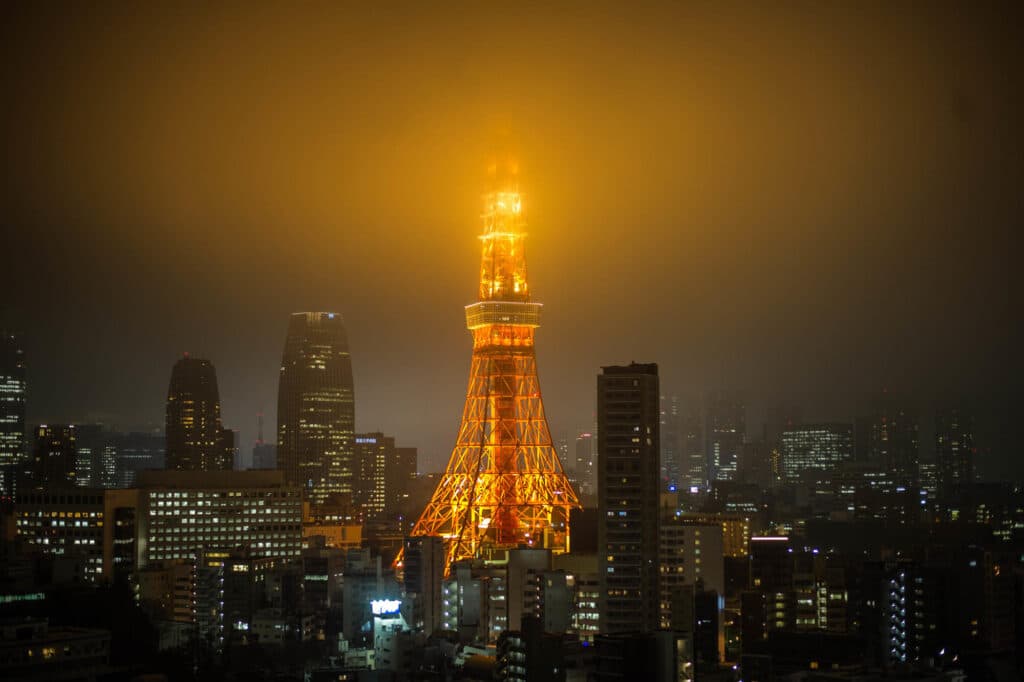
Tokyo is a city that embraces both modern technology and ancient traditions, so you might come across an old shrine or a cutting-edge skyscraper while visiting. Shopping is also excellent, as is food, and you’ll never be far from a great ramen or sushi joint.
Also Read – Best 50 Places to visit in Europe

